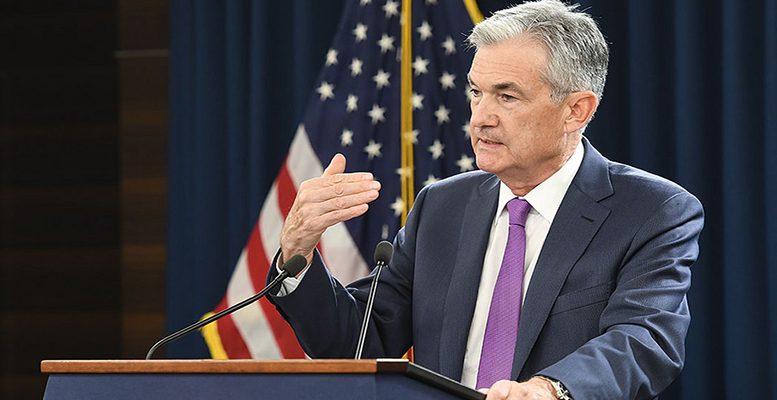The Federal Reserve raised its benchmark interest rate by 25 basis points. The effective rate will evolve in a corridor between 2% and 2.25%. The dots graph reflecting monetary policy committee members’ expectations suggests 3 rate increases in 2019, 1 in 2020 and none in 2021. As pointed by Philippe Waechter from Natixis IM, this profile, for 2019 and 2020, is unchanged from last June forecasts.
The introduction of 2021, an additional year, nevertheless shows the end of the monetary tightening. It is set a final point to hardening with a slightly higher interest rate than long-term anticipation. The Fed’s rate would then evolve in a corridor ranging from 3.25% to 3.5% against a long-term equilibrium rate of 3%. The Fed needs to move above the latter to be restrictive and avoid the formation of imbalances that could harm the economy.
Furthermore, Waechter notes that the press release is identical for the most part to that of June (see here the comparison).
The changing part is important, however, since the Fed no longer refers to the accommodative nature of its monetary policy. It is now close to neutrality.
The point to emphasize and defended by Jerome Powell during the press conference is the need to accentuate the monetary constraint. He does not believe that the current fiscal policy defined by the White House is sustainable. He thinks that it will generate imbalances if it is not offset by a more restrictive monetary policy. The Fed does not want investors to think it could tolerate a little more inflation. This communication was necessary to weigh on the long part of the curve. The 10-year rate has come down on the Fed announcement.
The FOMC prefers to act in a way that does not allow these imbalances to develop even though this may affect negatively the profile of the activity. The correction of imbalances is always long and expensive so as not to let them develop. The chief economist Waechter explains:
The current policy mix is not sustainable in an economy close to full employment. Monetary policy must do the adjustment to avoid excessive tensions. So there is no real surprise in tonight’s announcement.
*Image: Federal Reserve





